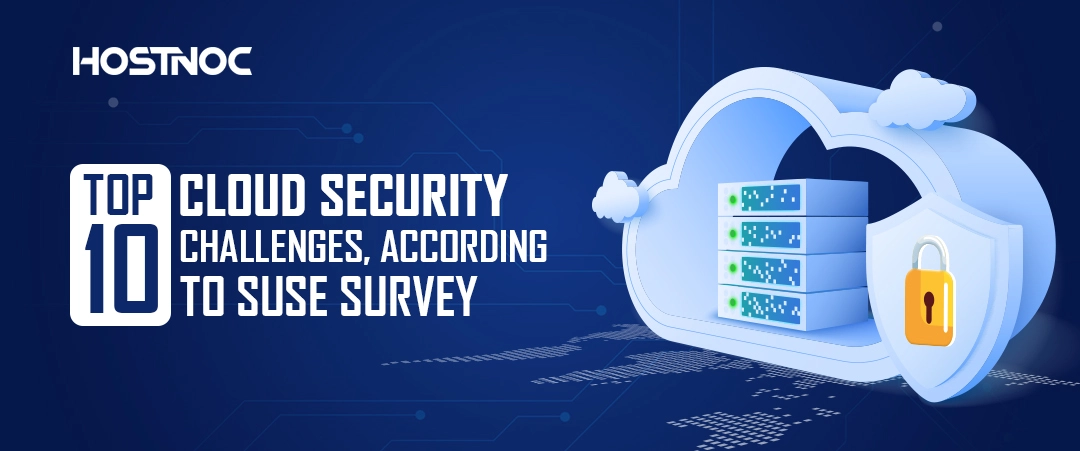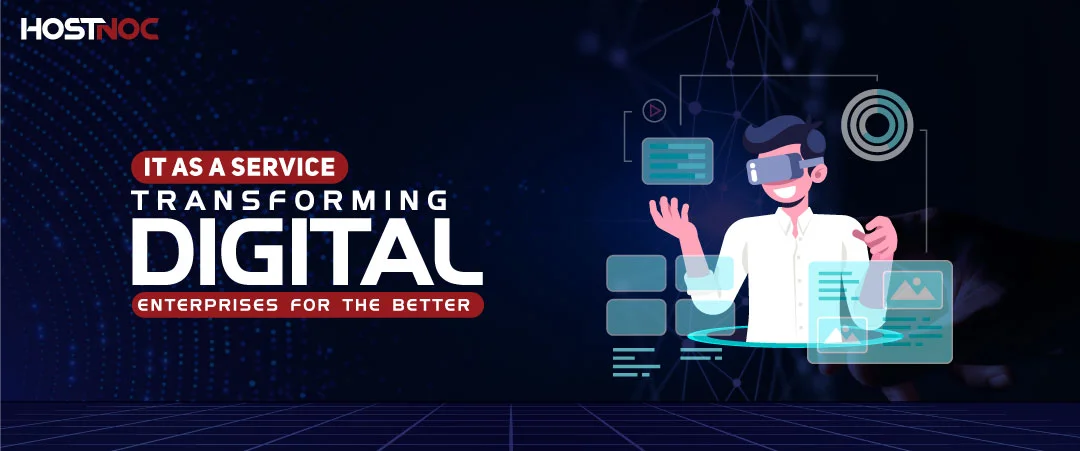5 Critical Things CIOs Must Prioritize for Their Cybersecurity Budget in 2020

7 Technologies That Will Shake Up Businesses In 2020
December 12, 2019
7 Key Takeaways From 7 Data Breaches In 2019 To Guide Your Cybersecurity Strategy In 2020
December 20, 2019Put yourself in the shoes of a CIO for a moment and you will realize how difficult their jobs are. From ever-growing cybersecurity threats to ensuring compliance, overcoming resistance to change to scaling with rigid IT infrastructure, managing risks to convincing board members to increase the cybersecurity budget, CIOs have their work cut out.
Most CIOs look at their responsibilities in the light of the NIST cybersecurity framework. That is why their focus is on five functions of NIST. As a result, they are diverting all their energies towards detecting and responding to endpoint security threats. The problem with this approach is that cybersecurity is not confined to the NIST framework or endpoint security. It is an ever-evolving industry where things change quickly. In order to cope up with emerging cybersecurity challenges, CIOs needs to change their priorities and approach.
In this article, you will learn about five things that CIOs must prioritize when creating a cybersecurity budget for 2020.
1. Identity and Access Management
In the age of cloud computing, hackers are no longer required to break into your network and hack laterally. All they need to do is to steal login credentials and access the account to compromise the device. Once they successfully do that, they are only one hop away from accessing privileged data stored in the cloud. Bret Arsenault, CISO of Microsoft summed it up brilliantly when he said, “Hackers don’t break in, they log in.” That is why Microsoft is focusing on identity management to bolster security perimeter and you should too.
It is important for your cybersecurity team to have visibility into who is accessing your network. Research is underway to standardize more secure authentication methods such as facial recognition, iris scanning, fingerprint scanning, but there is still a long way to go before these technologies can be widely adopted for authentication. Despite its challenges, CIOs will continue to invest in identity and access management systems for securer authentication management.
2. Employee Education and Training
Popular social engineering attacks such as phishing and spear-phishing attacks take advantage of a lack of employee awareness and training. You can easily save your employees from these social engineering attacks by investing in cybersecurity training and awareness of your employees. The more aware your employees are, the harder it is for hackers to trick them.
Test the knowledge of your employees after a training program by launching mock social engineering attacks. By increasing the cybersecurity awareness of your employees, they can become your biggest asset instead of a liability. They can also help you identify suspicious behavior, raise the red flag and report it to the concerned department before it is too late.
3. Asset Protection
With more and more businesses migrating to the cloud, some businesses are still reluctant to move their critical data to the cloud due to privacy and security concerns. If your business is one of them then you might still be storing data on best dedicated servers or take the hybrid approach. You should follow cloud security best practices to keep your data safe in the cloud.
Whether you have migrated all your data to the cloud, moved some of the data to the cloud or none, it is imperative to protect your critical digital assets. By limiting role-based access, zero trusts can make sure that only authorized users can access the data.
Here are some of the other technologies which you can use to safeguard your digital assets.
- Encryption
- Multi-Factor Authentication
- Vulnerability Management
- Mobile Device Management
4. DevSecOps
DevOps are a set of practices that automate processes to accelerate building, testing and releasing software and apps. DevSecOps is all about creating applications with security in mind. CIOs will invest in static analysis tools that identify code issues and flag them at runtime so that you don’t end up with applications with security vulnerabilities. To create secure apps, you will have to integrate DevSecOps technologies into the development process. Some CIOs might also rely on dynamic analysis tools that check issues during runtime and log information for incident response.
5. Security Orchestration Automation and Response
The biggest challenge for CIOs is to identify cybersecurity threats in false positives and low priority alerts. To deal with that challenge, most CIOs are betting big on automation. That is why you will find most CIOs spending on Security Orchestration Automation and Response (SOAR) systems.
Businesses will rely on emulated attacks and mock drills to test the strength of their cybersecurity systems and unearth security flaws in their cybersecurity systems. This will lead to the creation of incident response plans and result in automation. It will go a long way in preparing you for cybersecurity attacks so you can respond to them in an efficient manner.
What things do you consider when creating a cybersecurity budget? Let us know in the comments section below.



